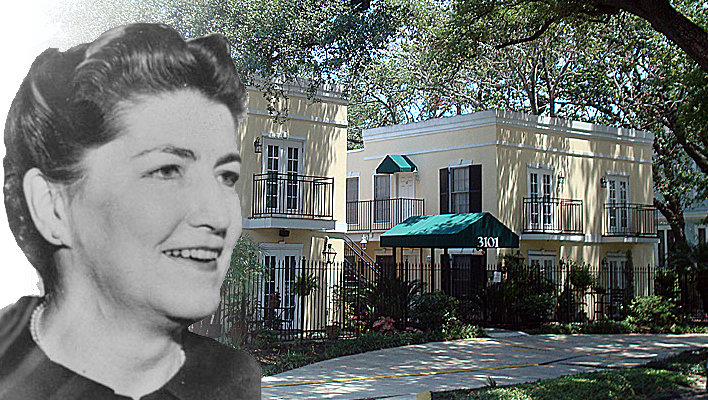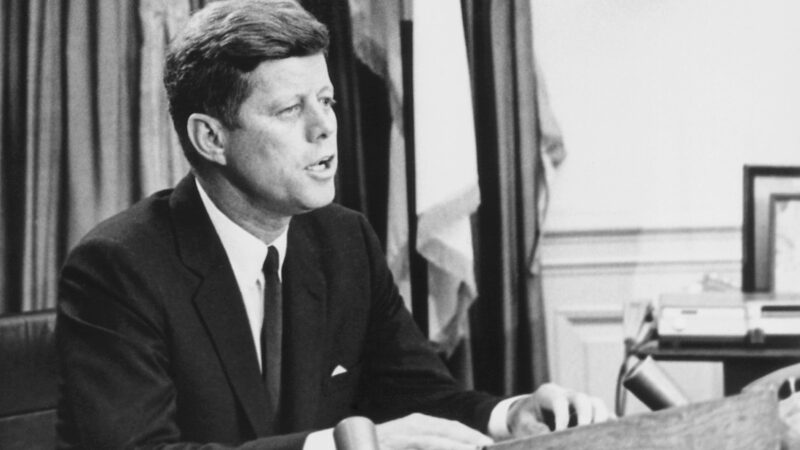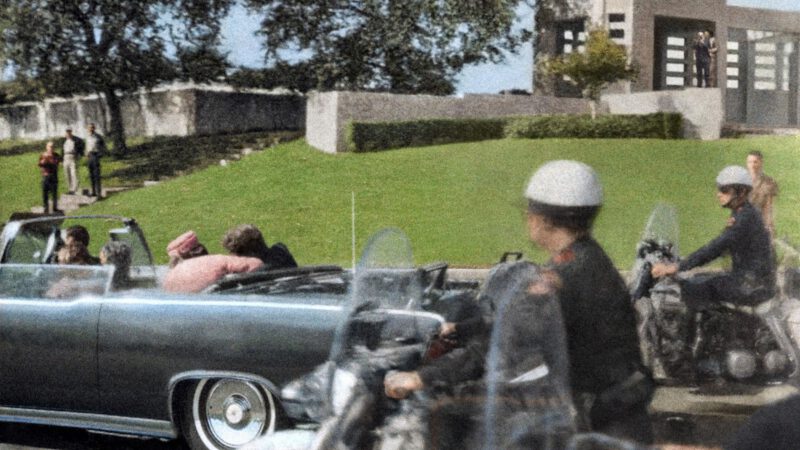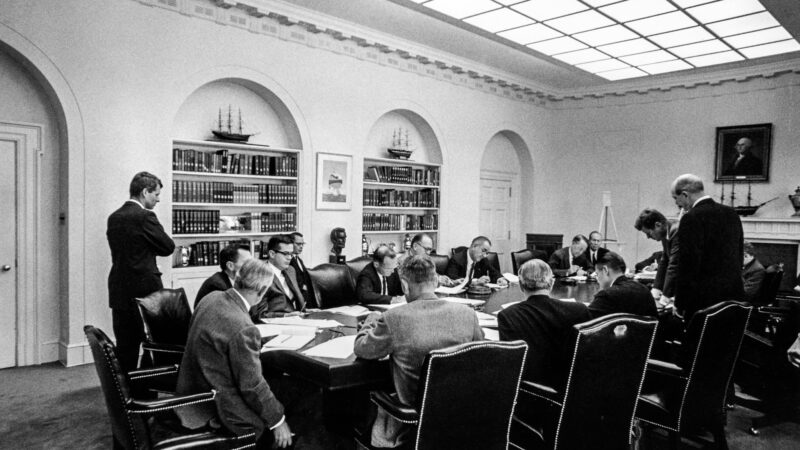Was J. Edgar Hoover blackmailable?
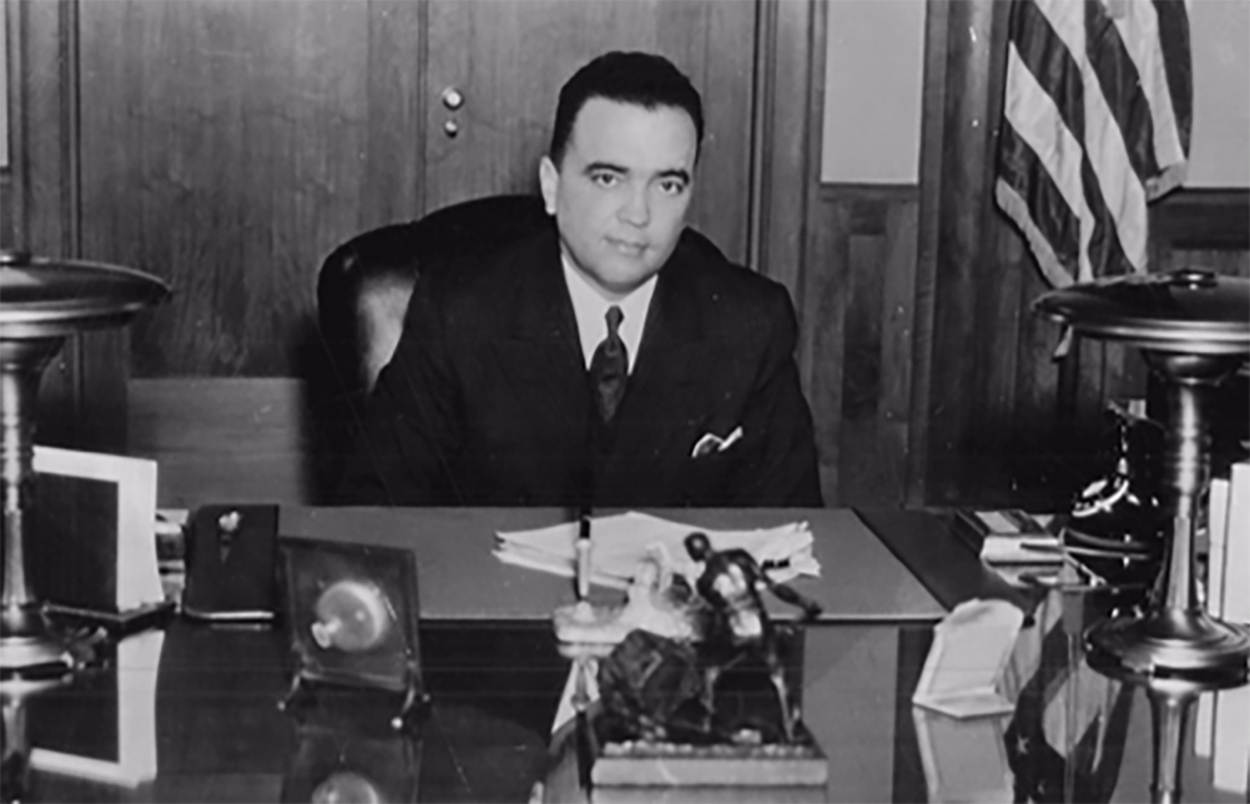
Illustrative: in the late fifties, four FBI agents in New York were dealing with real criminals while 400 colleagues were scouring the streets for communists. A twenty-five-page report from subordinates on the mafia was destroyed in 1957 by the director. ‘Nonsense,’ declared J. Edgar Hoover (nice read: The rise of J. Edgar Hoover and his FBI). Only when Robert F. Kennedy brought mafia boss Joe Valachi to the capital for extensive questioning did Hoover admit the presence of organized crime in the country. Why did he ignore the criminals for so long? Was Hoover blackmailable, as multiple sources declared?
Multiple reasons have been cited in the past. William Sullivan, who worked for Hoover for a long time, wrote in his book ‘The Bureau: My Thirty Years in Hoover’s FBI’ that the director loved quick wins: easy cases where results could be achieved quickly. Investigating tough mobsters instead of car thieves wouldn’t be good for the bureau’s impressive statistics. Additionally, the underworld’s skilled lawyers could lead to complex legal proceedings, and numerous police officers and even mayors could turn out to be corrupt. Too much trouble that Hoover wanted to avoid. He also claimed that the bureau had limited authority in the field of organized crime – a lie. Other authors point to completely different reasons. The FBI director was highly blackmailable, and the owners of compromising material were certainly dangerous individuals. The most famous book extensively detailing the likely background is by the British author Anthony Summers. In ‘Official and Confidential,’ he wrote about Hoover’s alleged homosexuality. According to the book, Clyde Anderson Tolson, his right-hand man, was his lover for many years. The two lived together when Hoover bought his own house after his mother’s death, although Tolson maintained his own apartment for appearances. Summers: ‘At the FBI, the couple was known as “J. Edna and Mother Tolson.”
Hoover never had a relationship with a woman in his life. His alleged preference for men had been talked about since the forties, but anyone who mentioned it had problems with the director. He spread rumors several times that political candidates were secretly homosexual to help their competitors win. In his personal archives, he had photos of alleged lesbian girlfriends of someone he strongly disliked, First Lady Eleanor Roosevelt. Blackmail material that could always come in handy. Homosexuals didn’t have an easy time; Hoover didn’t like them. Many believe that Hoover adopted this anti-gay stance to hide his own homosexuality.
Before his relationship with Tolson, the director in the mid-thirties also had a preserved correspondence with protégé Melvin Purvis. Purvis was his bureau chief in Chicago and was responsible for, among other things, the arrest of John Dillinger, Public Enemy Number One. It’s difficult not to see the correspondence as homosexual courtship. Until Hoover dropped Purvis like a brick. From that moment on, he focused his attention on Tolson and continued to do so until his death. Tolson, who joined in 1928 and was promoted to assistant director by Hoover within three years, never left his side. ‘They sat hand in hand in the director’s limousine after a New Year’s Eve party in 1936,’ claimed celebrated model Luisa Stuart later, and the list of statements regarding the alleged homosexuality is much longer. In a recovered letter, Hoover wrote to his companion: ‘Words are merely man-made symbols for thoughts and feelings and are entirely inadequate to express the thoughts in my mind and the feelings in my heart that I have for you.’ After his death, investigators found private photos of the director: Clyde sleeping, Clyde in a bathrobe, Clyde by the pool. And this Hoover led a crusade against homosexuals for years. This man ordered agents to infiltrate movements for homosexual rights, collect names of members, record speeches, and photograph demonstrations.
It gets more scandalous. According to Summers and other researchers, various mobsters possessed photos of Hoover in a compromising situation. Lewis Solon Rosenstiel was an ally of well-known mob bosses Meyer Lansky and Frank Costello and also a friend of Director Hoover. Rosenstiel had a secret interest in men, similar to the FBI director. Sometime in 1958, Rosenstiel took his wife Susan to a bizarre party at the Plaza Hotel in New York. She would eventually be present twice and, according to her statement to Summers, saw Hoover dressed in a lace dress, stockings, high heels, a boa, and a wig with curls on both occasions. According to the witness, the parties ended in homosexual orgies. Could Hoover really put himself in such a compromising situation? It’s almost unbelievable, but in almost all recent publications about Hoover, the now famous eyewitness account is mentioned. Mrs. Rosenstiel’s sworn stories contain no contradictions, and the facts of Hoover’s life fit perfectly into the Plaza scenario. The director often visited New York alone for unknown reasons. But more importantly, there are more stories about Hoover’s preference for dressing as a woman. Shortly after the war, photos circulated in the capital of a man dressed as a woman who was clearly recognizable as J. Edgar Hoover. Meyer Lansky later said that Hoover was not a threat to him: ‘Everything is arranged.’ The Italian mafia boss Carmine Lombardozzi, who worked for the famous Gambino family, stated in 1990: ‘We had Hoover in our pocket. He was not someone we needed to fear.’ Given the fact that his bedfellows were friends with underworld figures, and Hoover was sweet as pie to gentlemen who, unlike the communists, were indeed a threat to the state, many researchers believe that the mafia knew about Hoover’s big secret of sexual escapades. Men like Lansky had the photos and thus prevented being targeted by the FBI.
It was later suggested that the same photos were also in the possession of the OSS and later the CIA. Various sources within the intelligence agency stated that they had seen the images. When Hoover fought in the early forties against William Donovan and others for the right to spy abroad, Hoover sought compromising material to use against his rival. Donovan allegedly repaid him in kind by ordering a secret investigation into Hoover’s homosexual activities. Perhaps he got the photos from the underworld. The OSS enlisted criminals for some projects during the war, such as in the fight against Nazis, so a connection between the mobsters and William Donovan could easily be made. Summers speculated in his book that it might even be the other way around: the intelligence agency obtained the images first, and the material then ended up in the hands of a mob boss, who would use it against Hoover for the rest of his life.
An attack on the mafia was held back for a long time and was tolerated by various governments. In the person of Robert Kennedy, both Hoover and the mob bosses would eventually meet their first real opponent.
Links:
The rise of J. Edgar Hoover and his FBI
The FBI after the assassination
Great biopic with Leonardo DiCaprio as Hoover


